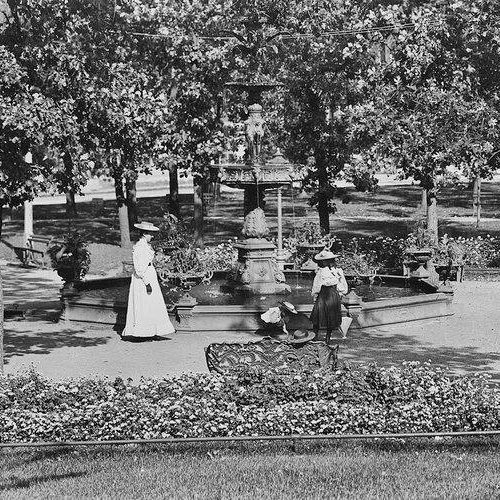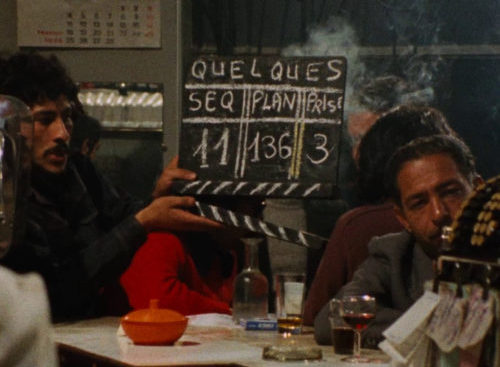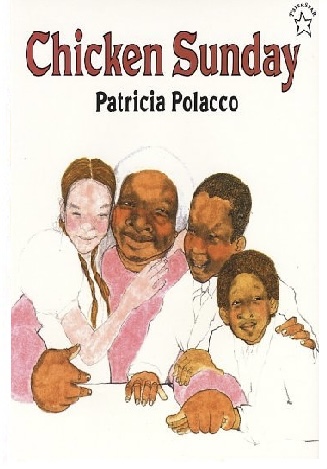They come for water, stay for food

BIRDS IN PARTICULAR
By Halle O’Falvey
If you have ever thought about feeding the birds but did not want to commit, March and April are your months. Natural food sources will be sparse so a little extra water and food will help them, plus, backyard bird activity is a daily event.
These next two months are critical times for avian survival. Birds need high caloric foods now to generate enough heat to survive daily life in Minnesota. Larger wintering birds eat about 10% of their body weight every day while smaller birds need to eat upwards of 35% of their body weight.
“They come for the water and stay for the food.” I don’t remember if I read this statement somewhere or if another birder shared it with me. There are creative ways to put water out and provide healthy food without great expense.
A great project, that could include children, is making your own bird food. Google it. I found a great picture book, Cooking for Birds by Adele Porter, that has 26 recipes. You can decide what birds to attract to your yard. The zebra-striped suet-sicles have two ingredients, suet and nyjer seed to attract black capped chickadees and downy woodpeckers. Mockingbird mini-muffins with cranberries, blueberries, raisins, and cherries are great for attracting cardinals and robins.
Since we’ve all seen a lot of robins this winter why not welcome them into your yard. Their dull winter rusty breasts still show bright in the backdrop of snowfall. If you don’t want to cook for them just put out raisins and/or dried mealworms. A double-dipped (pine) cone with suet, seeds and peanut butter will attract chickadees, white -breasted nuthatches (they prefer sunflower seeds) and the bigger hairy woodpeckers. The dark-eyed juncos would love your leftover egg shells but only if you bake them in the oven at 275 degrees for 20 minutes. A plant saucer works well as a vessel for food or water.
A special treat if you have regular visitors is a banana-split complete with suet, mealworms, oranges, grapes and cherries, plus peanuts, baked eggshells, grape jelly, and sliced bananas.
Providing water in a birdbath with a stone or rock for the birds to stand on and drink is helpful. You could place a shallow bowl of water to coordinate with your dryer vent heat. A de-icing element for a bowl cost $18 to $40. A heated dog dish is about $18. Heated birdbaths are between $45 and $100. If you are handy you could put a light bulb inside a flowerpot and place a shallow bowl on it creating constant heat. There are a lot of dos and don’ts, so please do your research.
It might take a while for the birds to know you have food out for them, so be patient. Notice who shows up and when.
March brings the snow flea reveal, little tiny dots on top of the snow. If you look closely they will be moving. They are many among us. They do not like to venture into the house; anyway, the closest spot nearby to see them is Crosby Farm. Check out the bald eagle nest there. Once there’s a break in the ice on Crosby Lake watch out for the beavers and early migrant arrivals.
Email halleofalvey@gmail.com if you are interested in a birding trip.



